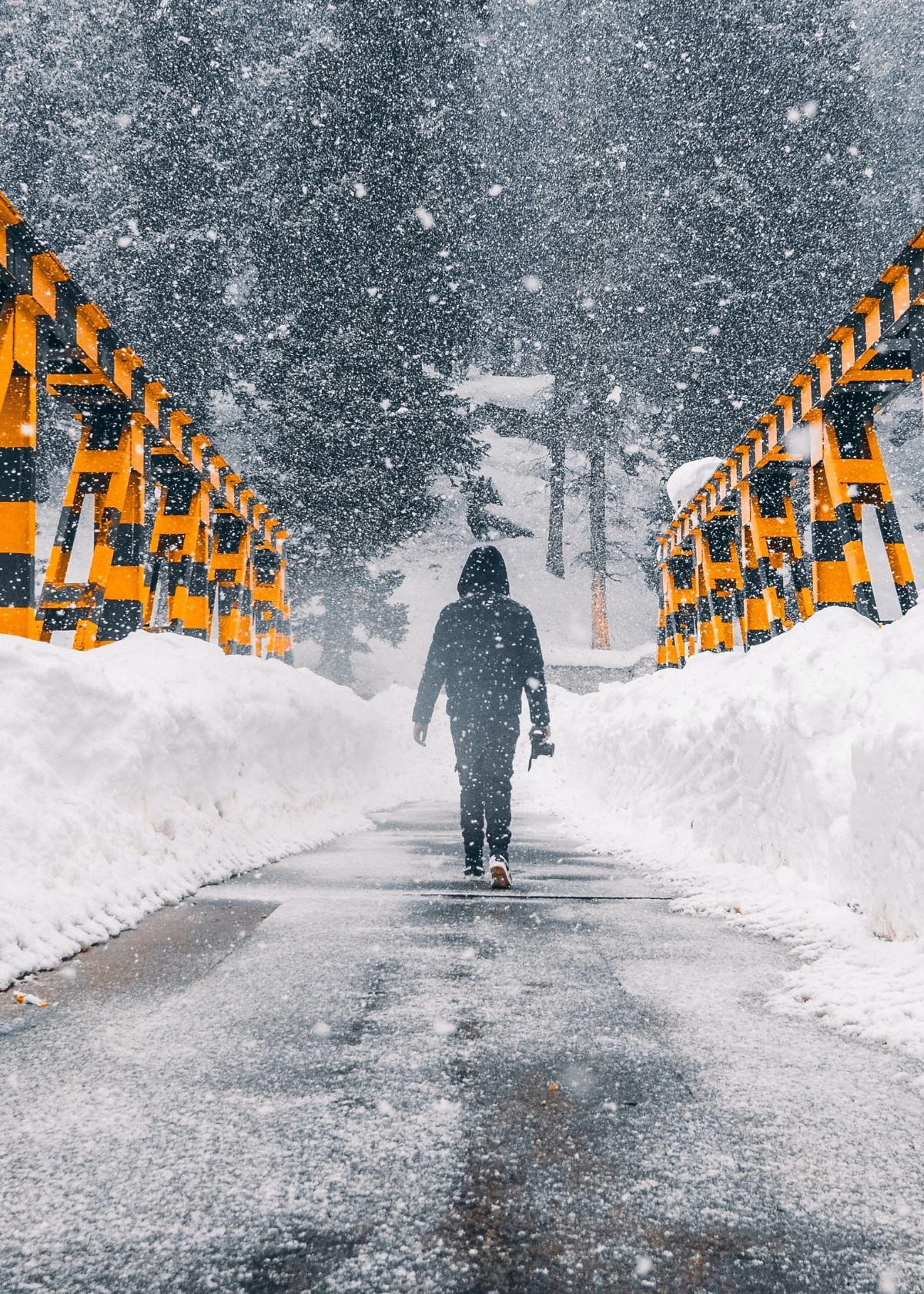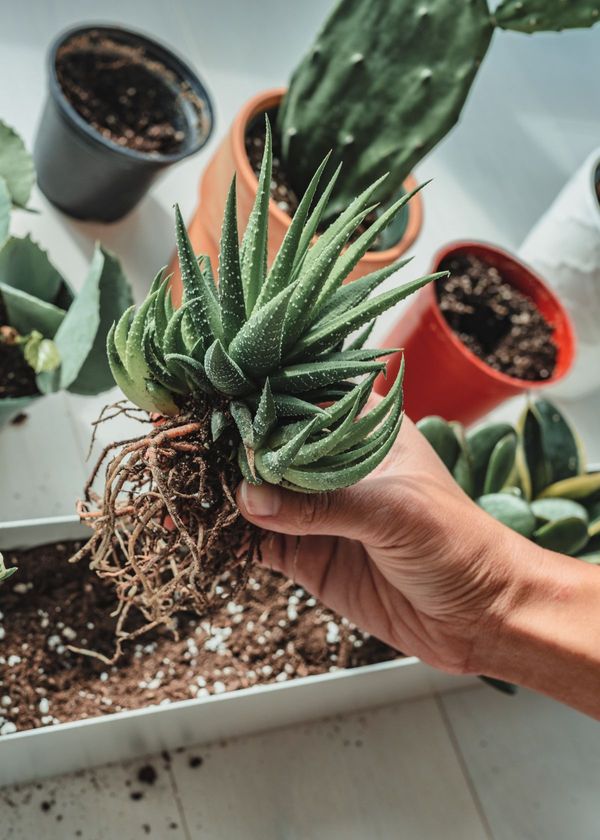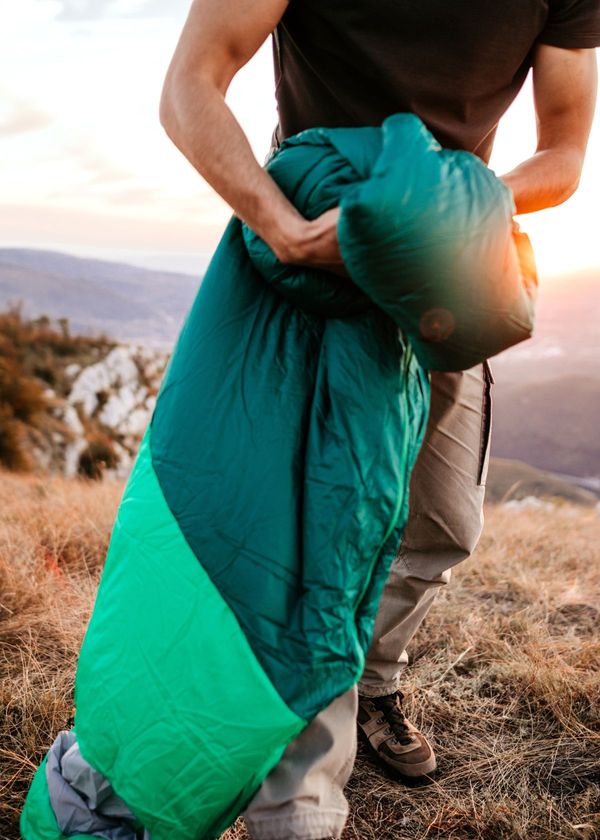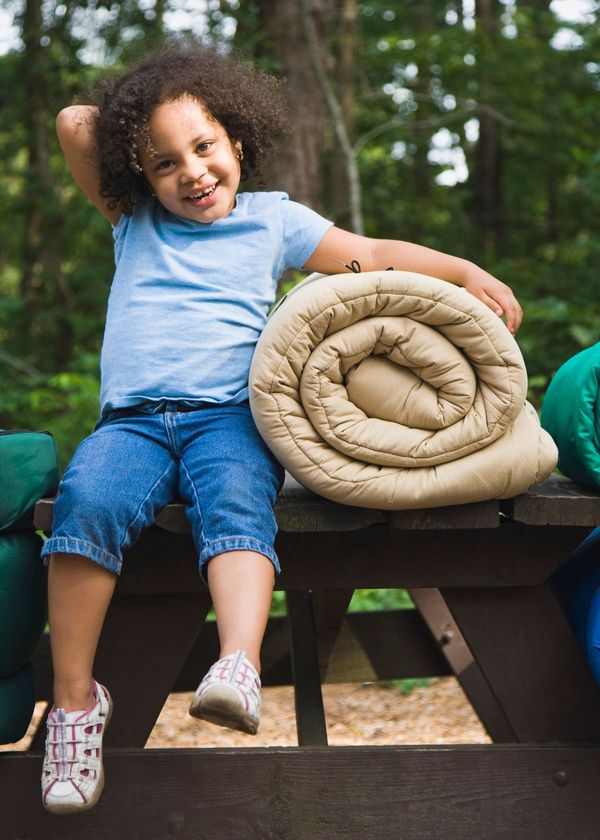Winter wonderlands can be magical but come with their fair share of hazards. One of the most treacherous winter hazards is a snowstorm. When the snow cave starts to pile up, it can quickly turn from a scenic view to a life-threatening situation. That's why it's important to know how to survive a snowstorm.
During a snowstorm, visibility can be reduced to almost nothing, and temperatures can drop to dangerously low levels. The combination of these factors can be deadly if you're not prepared. Knowing what to do and having the right tools on hand can make all the difference.
Whether you're a seasoned snowstorm veteran or a newcomer to the snow, this guide will provide you with the essential tips and tricks to keep you safe and warm. From preparing your home and car to venturing out into the snow, we'll cover everything you need to know to survive a snowstorm.
So, grab a hot beverage, cozy up by the fire, and let's get started on your journey to becoming a snowstorm survival expert.

Preparing for a Snowstorm
Snowstorms can be a beautiful sight to behold, but they can also be extremely dangerous, causing power outages, closed roads, and making it difficult to access basic necessities like food and water. Preparing for a snowstorm is crucial to ensure that you and your loved ones are safe and comfortable.
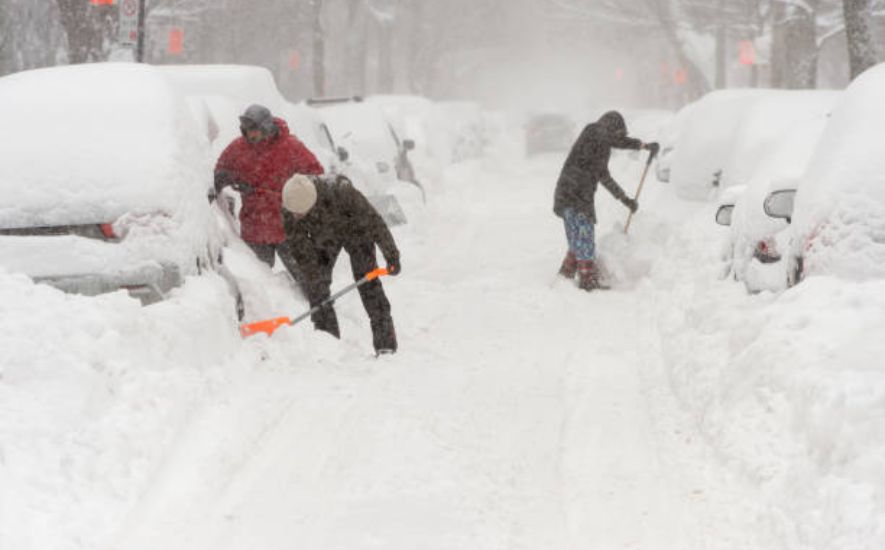
Stocking up on essential supplies
One of the most critical steps in preparing for a snowstorm is to stock up on essential supplies. Ensure you have enough food and water to last at least three days and don't forget about your pets' needs. Also, stock up on necessary medications, batteries, and a portable radio to stay updated on weather alerts.
Preparing your home
Make sure that your home is prepared for a snowstorm. Check for any leaks, drafty windows, or broken exhaust pipes that could cause damage during the storm.
Ensure that your heating system is in good working condition and that your fireplace and chimney are clean and safe to use. It's also essential to have a backup generator or alternative heating sources in case of a power outage.
Knowing what to do during a snowstorm
It's crucial to stay informed during a snowstorm. Listen to local news and weather reports for updates and advisories. Avoid driving if possible, and if you must go out, let someone know where you're going and when you expect to return.
If you get stuck in your car, stay inside, and call for help. Never try to walk in a snowstorm as it can be easy to get lost or disoriented.
Creating an emergency plan
An emergency plan can help you and your family stay safe during a snowstorm. Make sure everyone knows the plan and their responsibilities.
Have a list of emergency contacts and important documents in a waterproof container. If you have to evacuate, ensure you have a designated meeting place and a plan for transportation.
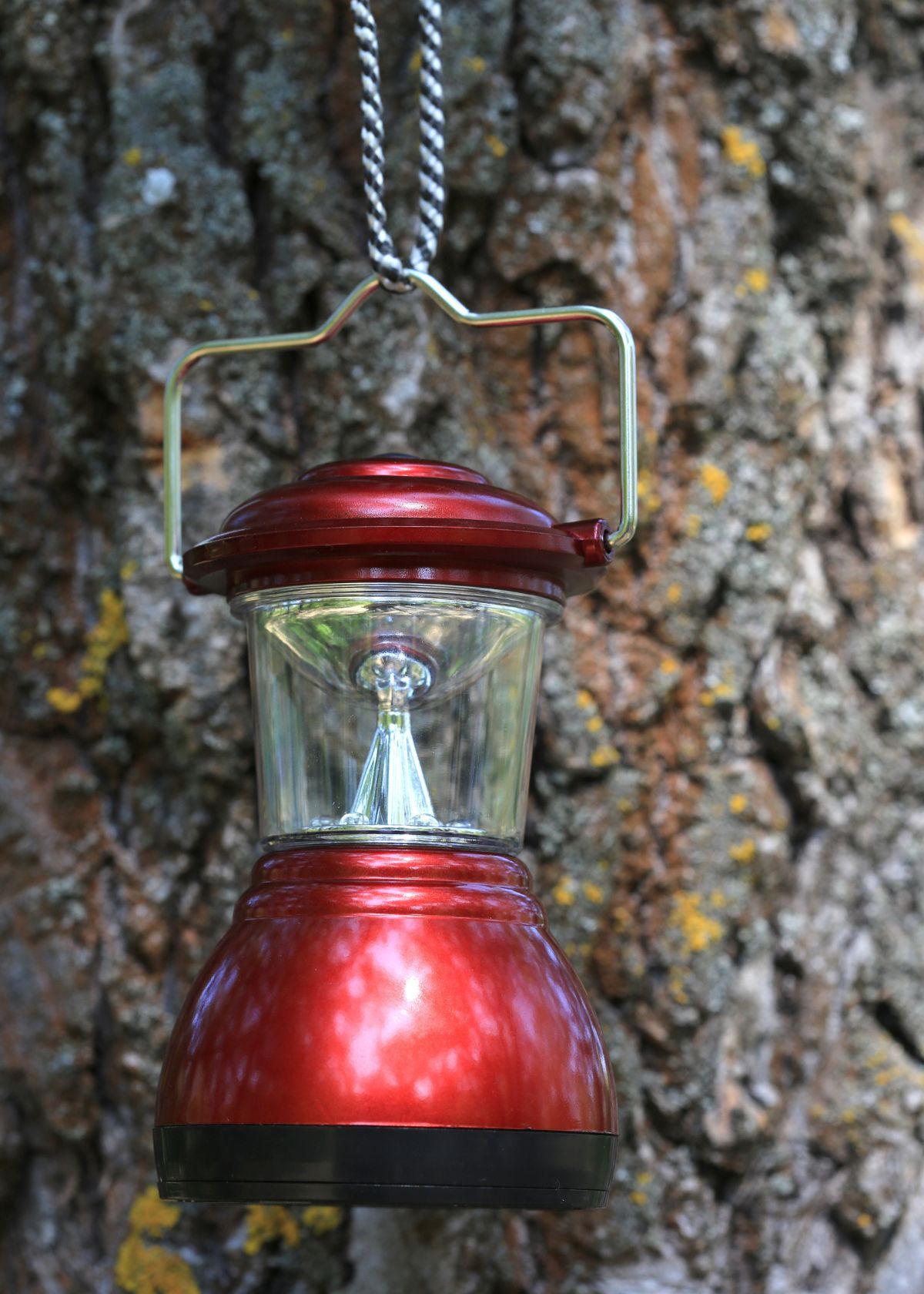
During a Snowstorm
Winter can be a magical season with sparkling snow and cozy fires but also unpredictable and dangerous. Snowstorms can disrupt daily life and create hazardous conditions. If you find yourself in the middle of a snowstorm, it's essential to know what to do to stay safe and comfortable.
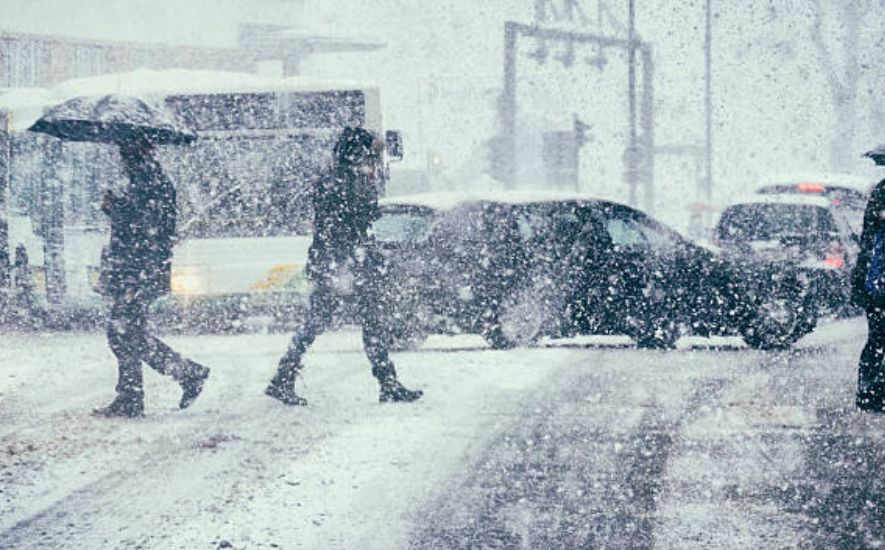
Stay Indoors
The first and most important thing to do during a snowstorm is to stay indoors. This may seem obvious, but many people underestimate the dangers of being outside in extreme weather.
Snowstorms can bring high winds, low visibility, and dangerously low body temperature. If you must go outside, make sure to wear warm, waterproof clothing and stay close to the shelter.
Stock Up on Supplies
Before the storm hits, it's essential to stock up on supplies. This includes food, water, and any necessary medications.
If you lose power, you may be unable to cook or access clean water, so it's important to have non-perishable food and bottled water on hand. Additionally, make sure to have a flashlight, batteries, and a battery-powered radio in case of an emergency.
Keep Warm
During a snowstorm, it's important to keep warm. Dress in layers to trap heat and avoid hypothermia. If you have a fireplace or wood-burning stove, ensure it's in good working condition and has plenty of firewood.
However, make sure to use it safely and never leave it unattended. Additionally, use extra blankets and hot water bottles to stay warm.
Prepare for Power Outages
Power outages are common during snowstorms, so it's important to be prepared. Make sure to have extra batteries, candles, and matches on hand.
If you have a generator, ensure it's in good working condition and has plenty of fuel. If you're using a generator, never operate it inside the house or in an enclosed area.

How to Survive a Snowstorm While Traveling
Winter can be a beautiful season, but it also comes with its own set of challenges. One of the biggest challenges for travelers during winter is a snowstorm. While snow can be magical and serene, it can also be dangerous and life-threatening. Snowstorms can easily trap travelers and leave them stranded for hours or even days.
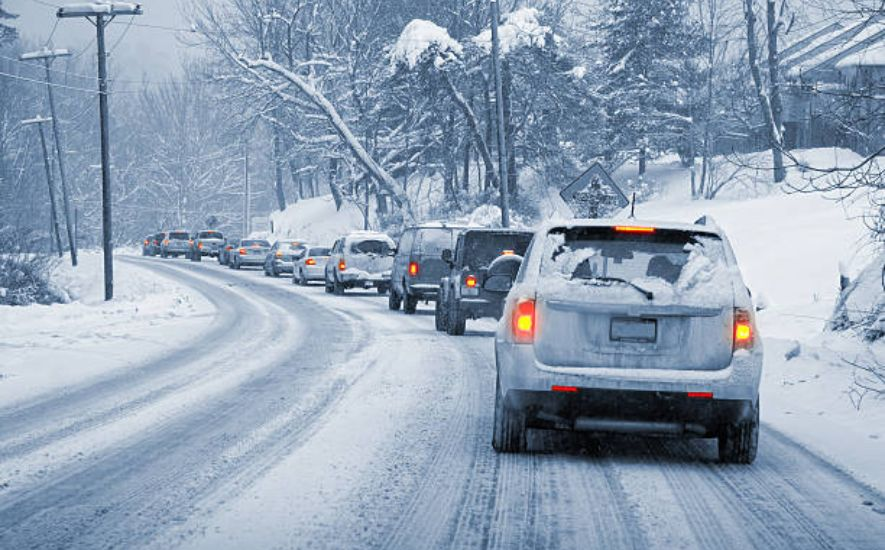
I. Preparation is key
The best way to survive a snowstorm is to be prepared for it. Before embarking on a winter trip, ensure you have all the necessary equipment and supplies. This includes warm clothes, blankets, non-perishable food, water, a flashlight, a first aid kit, and a fully charged cell phone.
II. Keep an eye on the weather forecast
Stay up-to-date on the weather forecast for your destination and any areas you will travel through. If a snowstorm is predicted, consider delaying your trip or choosing an alternate route.
III. Stay with your vehicle
If you are caught in a snowstorm with fresh air while traveling, the safest place to be is in your vehicle. It will provide shelter and protection from the elements. Make sure your car is visible to other motorists by turning on the hazard lights and tying a brightly colored cloth to the antenna or door handle.
IV. Run the engine sparingly
Running the engine will keep you warm, but it will also consume fuel. Only run the engine for short intervals to conserve fuel. Keep a window slightly cracked to avoid carbon monoxide poisoning from building up inside the vehicle.

Snowstorm Survival for the Elderly
The magic of snowfall is mesmerizing. The beauty of a blanket of white snow is enough to captivate anyone's attention, and even make someone try to eat snow.

However, the same beauty can become a nightmare for the elderly during a snowstorm. Snowstorms are known to disrupt daily routines, cause power outages, and make travel impossible. Elderly individuals are particularly vulnerable during a snowstorm, and preparing for the worst-case scenario is essential.
Prepare a Snowstorm Survival Kit
The first step to surviving a snowstorm is to prepare a survival kit. The kit should include essential items such as flashlights, extra batteries, a first aid kit, a battery-operated radio, a warm blanket, and non-perishable food items.
Ensure your survival kit is easily accessible and all items are in good working condition. Remember that power outages are common during a snowstorm, and it may take some time before help arrives. Your survival kit should be able to sustain you for at least three days.
Make Arrangements for Food and Medications
During a snowstorm, it is crucial to ensure that you have enough food and medications to last a few days. Stock up on non-perishable food items, such as canned goods, energy bars, and bottled water. If you rely on prescription medications, ensure enough to last you through the storm. Contact your pharmacy or healthcare provider to arrange additional medication if necessary.
Dress for the Occasion
When going outdoors during a snowstorm, dress appropriately to stay warm and dry. Wear layers of warm clothing, a waterproof jacket, and insulated boots. Cover your head with a warm hat and wear gloves to keep your hands warm. Avoid going outdoors during a snowstorm unless it is absolutely necessary.
Stay Warm and Safe Indoors
During a snowstorm, it is important to stay warm and safe indoors. Keep your home heated and ensure that all windows and doors are properly sealed to prevent drafts. Use caution when using space heaters and keep them away from flammable items. If you experience a power outage, stay warm and informed with your survival kit.
Clearing Snow and Avoiding Falls
Snowstorms can cause slippery conditions, making it easy to slip and fall. Avoid going outdoors unless it is necessary. If you must go outdoors, wear appropriate footwear and walk slowly and carefully. Use salt or sand to increase traction on icy surfaces. Clear falling snow from your doorstep and sidewalks to prevent falls and injuries.
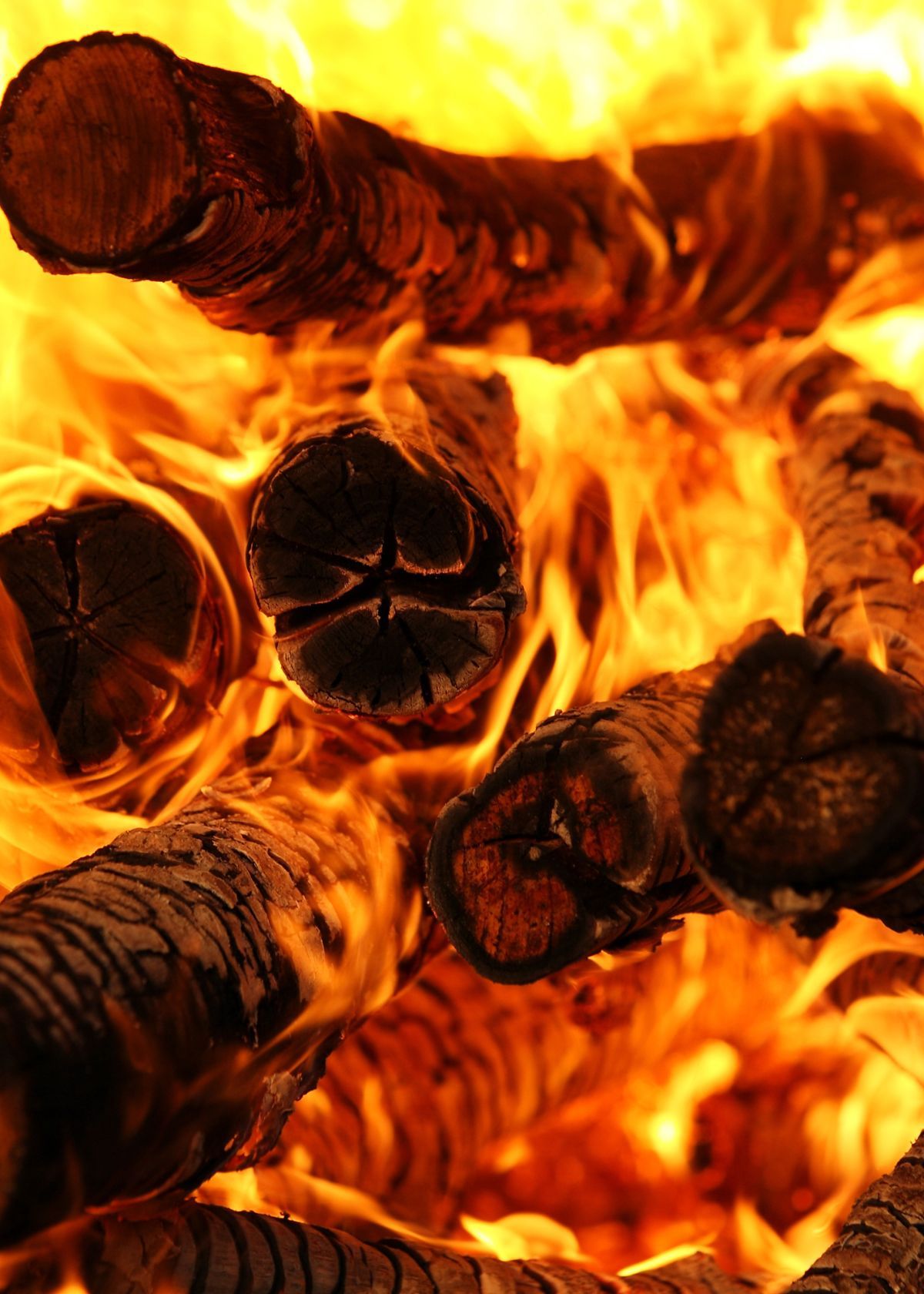
Frequently Asked Questions (FAQs)
When winter is coming, so are the snowstorms. Whether you live in a snow belt or not, you should be prepared for the worst. It's easy to be caught off guard when you're not used to driving in snow and ice, but this doesn't have to be the case. Here are some FAQs on how to survive a snowstorm:
How do you stay alive in a snowstorm?
Surviving a snowstorm requires proper preparation and taking the right steps to stay warm and dry. Here are some tips to stay alive in a snowstorm:
- Stay indoors if possible: If you don't need to go out during the storm, it's best to stay indoors. This will reduce exposure to the cold and help you avoid getting lost in the snow.
- Dress warmly: If you need to go out, dress warmly in layers. Wear a hat, gloves, and waterproof boots to protect your extremities.
- Stay dry: Moisture can make you feel colder, so stay dry. Wear waterproof clothing and avoid sweating by adjusting your clothing layers as needed.
- Stay hydrated: Drink plenty of water to avoid dehydration, which can increase your risk of hypothermia.
- Build a shelter: If you're caught outside in a snowstorm, build a shelter to protect yourself from the wind and snow. Use natural materials like branches, leaves, and snow to create a barrier around you.
- Keep moving: Staying active can help you generate body heat and stay warm. If you're stuck in one place, do exercises like jumping jacks or jogging in place to keep your body warm.
- Use a heat source: If you have access to a heat source like a fire or heater, use it to stay warm. Make sure you use it safely and follow all safety precautions.
- Signal for help: If you're lost or need help, use a whistle, signal mirror, or other signaling device to attract attention.
What are the 4 tips for surviving a blizzard?
Here are four tips for surviving a blizzard:
- Stay indoors: Stay inside your home or a sturdy building during a blizzard. Avoid going outside, even for short periods, as the cold temperatures and strong winds can quickly lead to frostbite, hypothermia, and other serious health issues.
- Stock up on supplies: Before a blizzard hits, make sure you have enough food, water, medications, and other essential supplies to last for several days. Keep an emergency kit with you at all times, including warm clothing, blankets, a flashlight, and a battery-powered radio.
- Prepare your home: Insulate your windows and doors to prevent drafts and heat loss, and make sure your heating system is in good working order. If you have a fireplace or wood stove, ensure you have plenty of firewood.
- Stay informed: Keep up-to-date with the latest weather forecasts and winter storm warning from your local news sources. If you need to leave your home, ensure you have a clear path and avoid driving in dangerous conditions. If you get stranded, stay with your vehicle and wait for help.
What should you not do during a snowstorm?
During a winter storm, it's important to take precautions to ensure your safety. Here are some things you should avoid doing during a snowstorm:
- Don't drive unless it's absolutely necessary. If you have to drive, make sure your car is equipped with snow tires, and keep a winter emergency kit in your vehicle.
- Don't go outside if you don't have to. If you need to go outside, wear warm, waterproof clothing, and avoid overexerting yourself.
- Don't use your oven, grill, or stove to heat your home. This can lead to carbon monoxide poisoning.
- Don't let snow accumulate on the roof of your home or other structures. The weight of the snow can cause the roof to collapse.
- Don't forget to check on elderly or vulnerable neighbors who may need assistance.
- Don't ignore the warnings of local authorities. Follow any evacuation orders or other instructions they give you.
- Don't forget to stay hydrated. Even in cold weather, it's important to drink plenty of fluids to prevent dehydration.
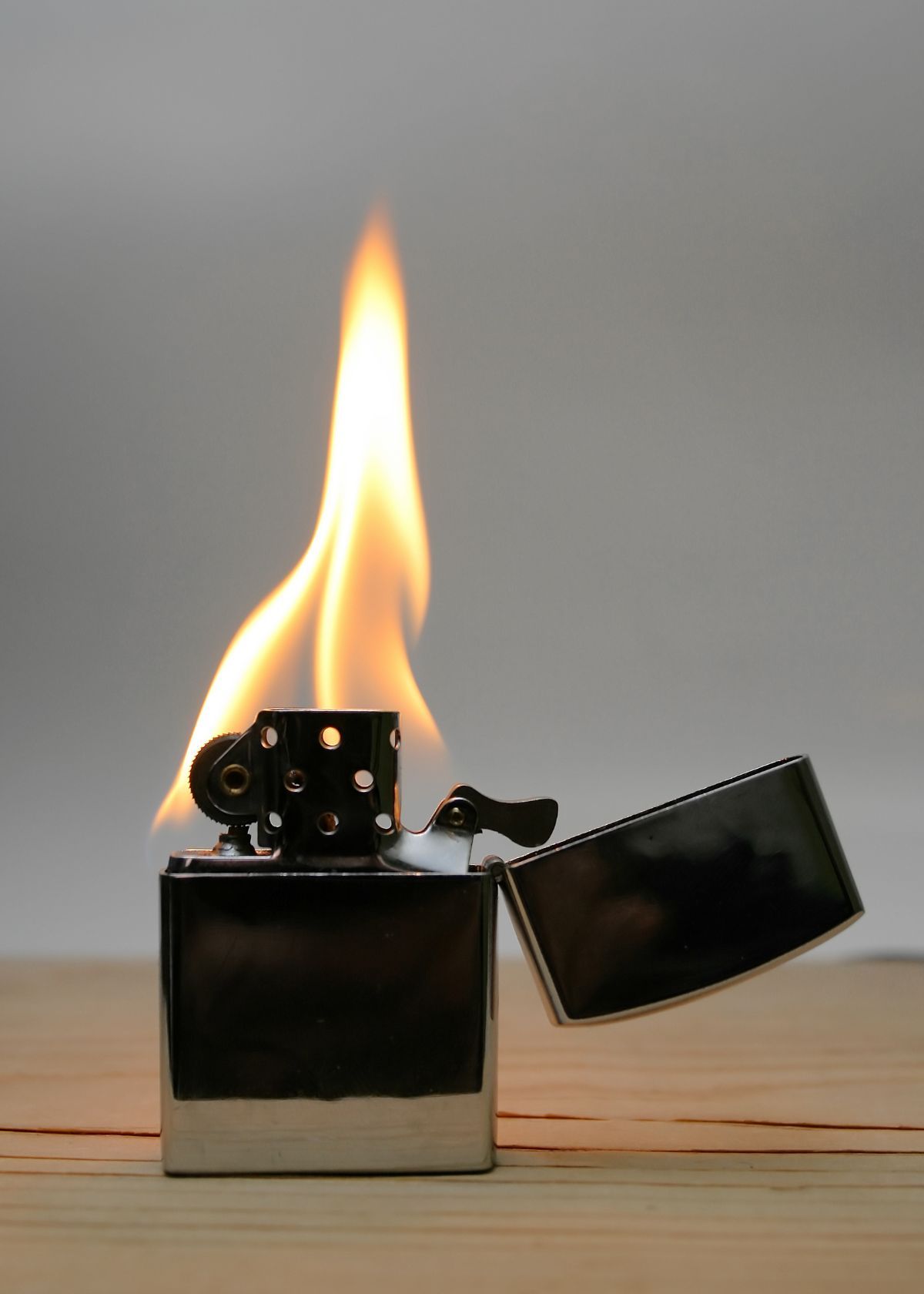
Conclusion
In conclusion, surviving a snowstorm requires preparation, patience, and common sense. It is important to stay informed about weather conditions and have a plan in place in an emergency. This includes having essential supplies, such as food, water, warm clothing, and a means of communication, such as a charged cell phone or radio.
During a snowstorm, it is important to stay inside, avoid unnecessary travel, and be cautious when using alternative heating sources. Following these guidelines and staying calm can increase their chances of surviving melting snow and emerging unscathed. Remember, when it comes to winter storms, preparation is key.



